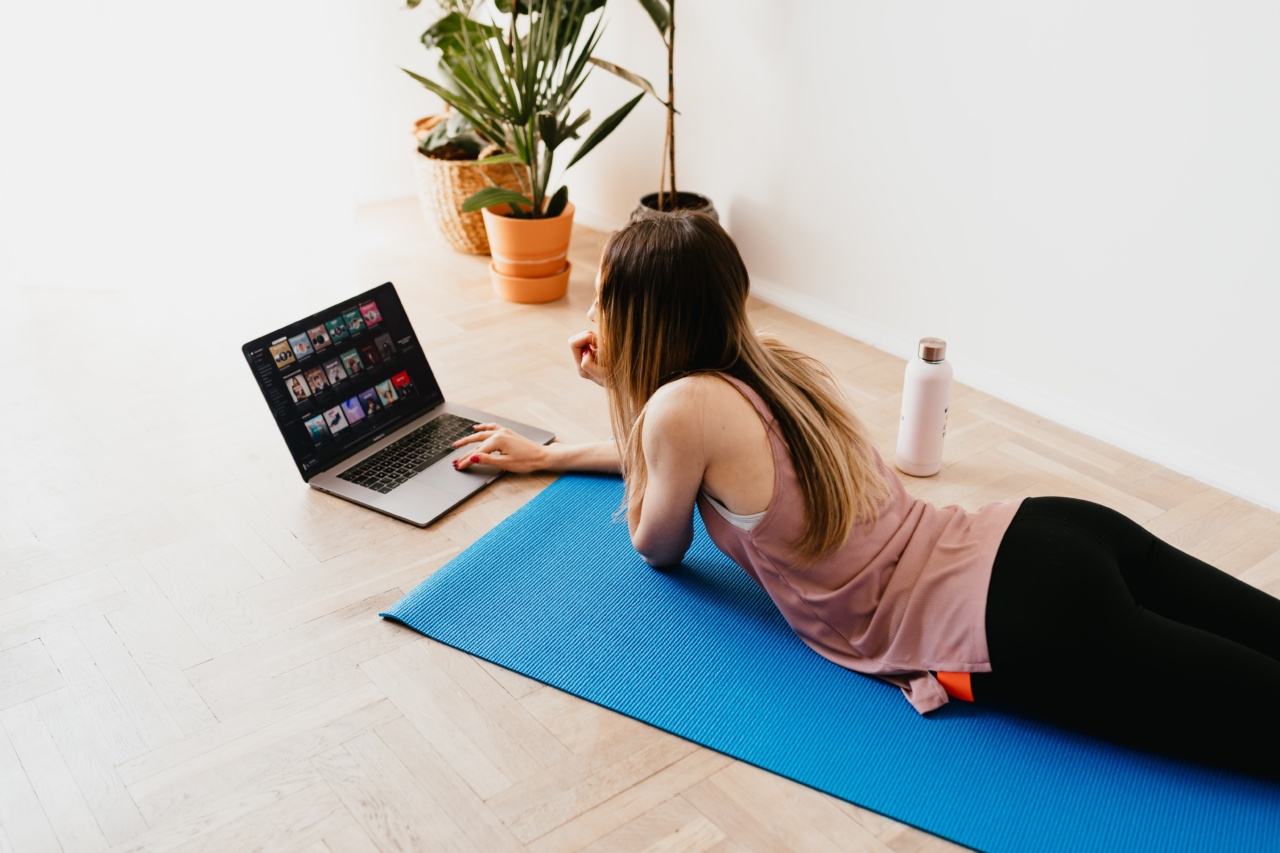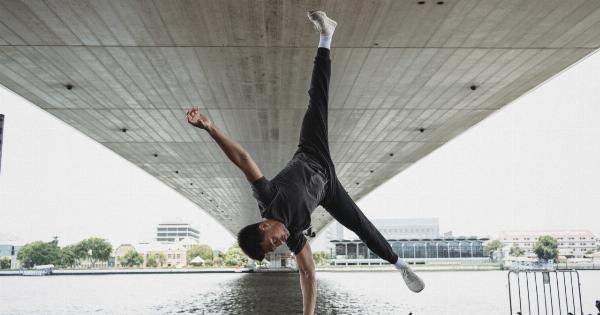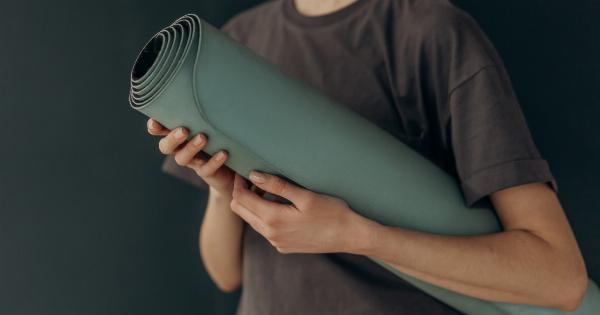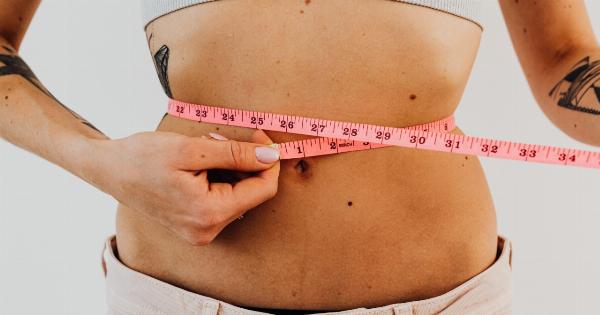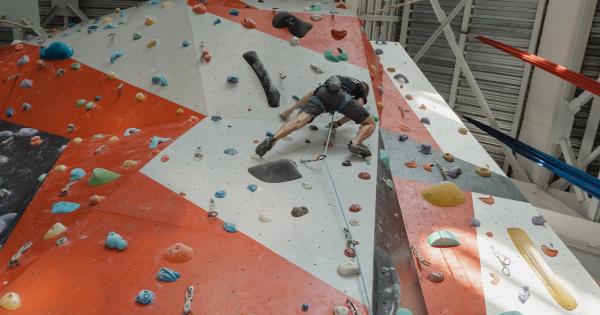Pilates is a low-impact exercise that can help you improve flexibility, strength and even overall fitness. The practice is known for its focus on core strength, which can in turn lead to better posture, balance and stability.
Whether you’re a beginner or an experienced practitioner, committing to doing Pilates three times per week can help you stay healthy and fit.
Why Pilates?
Pilates is often considered a great exercise choice for anyone looking to build strength, improve flexibility and restore balance to their body.
Unlike high-impact exercises like running, Pilates is low-impact, making it a good choice for those with joint pain or limited mobility. The practice has also been shown to help alleviate back pain, improve posture, and increase overall energy levels.
In addition to these benefits, practicing Pilates can also be a great way to reduce stress and increase mindfulness.
In Pilates, you are encouraged to focus on your breath and movement, which can be a great way to quiet your mind and relax after a busy day.
How Often Should You Do Pilates?
While some people may be able to see results from doing Pilates just once a week, most experts recommend doing the practice at least three times per week in order to see significant improvements in strength, flexibility and overall fitness.
This is because the more often you practice Pilates, the more you’ll be able to build muscle tone, increase stamina, and improve your overall ability to perform difficult movements.
It’s important to note that doing Pilates three times per week doesn’t have to mean doing the exact same workout each time. In fact, it’s a good idea to switch up your workouts to keep your body engaged and prevent boredom.
On some days, you might choose to focus more on strength exercises, while on others you might choose to work on improving your flexibility and range of motion.
What Should You Expect from a Pilates Workout?
When starting a Pilates practice, you may find that your instructor has a different teaching style, and that each session can be slightly different. However, many Pilates classes will typically include some combination of the following elements:.
- Warm-up exercises to get your body ready for movement
- Matwork or use of specialized Pilates equipment like a reformer, tower or barrel
- A focus on building core strength and stability
- Exercises that target specific areas of the body, like the legs or arms
- Cool down and stretching exercises to help prevent injury and increase flexibility
When doing Pilates, it’s important to keep in mind that the practice is focused on quality of movement over quantity.
This means that it’s better to do fewer repetitions of an exercise with proper form than to do many repetitions with poor form. Your instructor will likely encourage you to focus on your breath and movement, rather than thinking about the number of reps you’re doing.
How to Get Started with Pilates
If you’re interested in starting a Pilates practice, there are several things you can do to get started:.
- Find a qualified Pilates instructor who can guide you through the basics of the practice and help tailor your workouts to your specific fitness goals and needs.
- Invest in a good quality Pilates mat and any necessary equipment, like a resistance band or yoga block. While you can often find equipment at your gym or studio, having your own equipment can help you practice at home or on-the-go.
- Start slowly and don’t be afraid to modify exercises if you have any limitations or injuries. Remember, Pilates is designed to be a low-impact practice, so if you feel pain or discomfort during an exercise, it’s important to stop and ask your instructor for help.
- Stay committed and consistent with your practice. Consistency is key when it comes to seeing improvements in strength, flexibility and overall fitness, so try to make Pilates a regular part of your routine.
The Benefits of Doing Pilates Three Times a Week
Committing to doing Pilates three times per week can have a number of benefits for your overall health and fitness. Here are just a few:.
- Better posture: Pilates helps build core strength, which can in turn lead to better posture and a reduced risk of back pain.
- Improved flexibility: By focusing on stretching and lengthening muscles, Pilates can help you improve your overall flexibility, which can in turn help you with other exercises or movements you do in your daily life.
- Greater stability and balance: Pilates can help you build strength and stability in your core and other areas of your body, which can improve your overall balance and reduce your risk of falls or injury.
- Lower stress levels: Practicing Pilates can be a great way to reduce stress and increase mindfulness, helping you feel more calm, centered and focused throughout your day.
- Overall fitness: By doing Pilates three times per week, you can build overall fitness and endurance, making it easier to do other exercises or activities you enjoy outside of class.
Conclusion
Committing to doing Pilates three times per week can help you improve your overall fitness, build strength and stamina, and reduce stress and tension in your body.
Whether you’re a beginner or an experienced practitioner, making Pilates a regular part of your routine can help you achieve your health and fitness goals.
